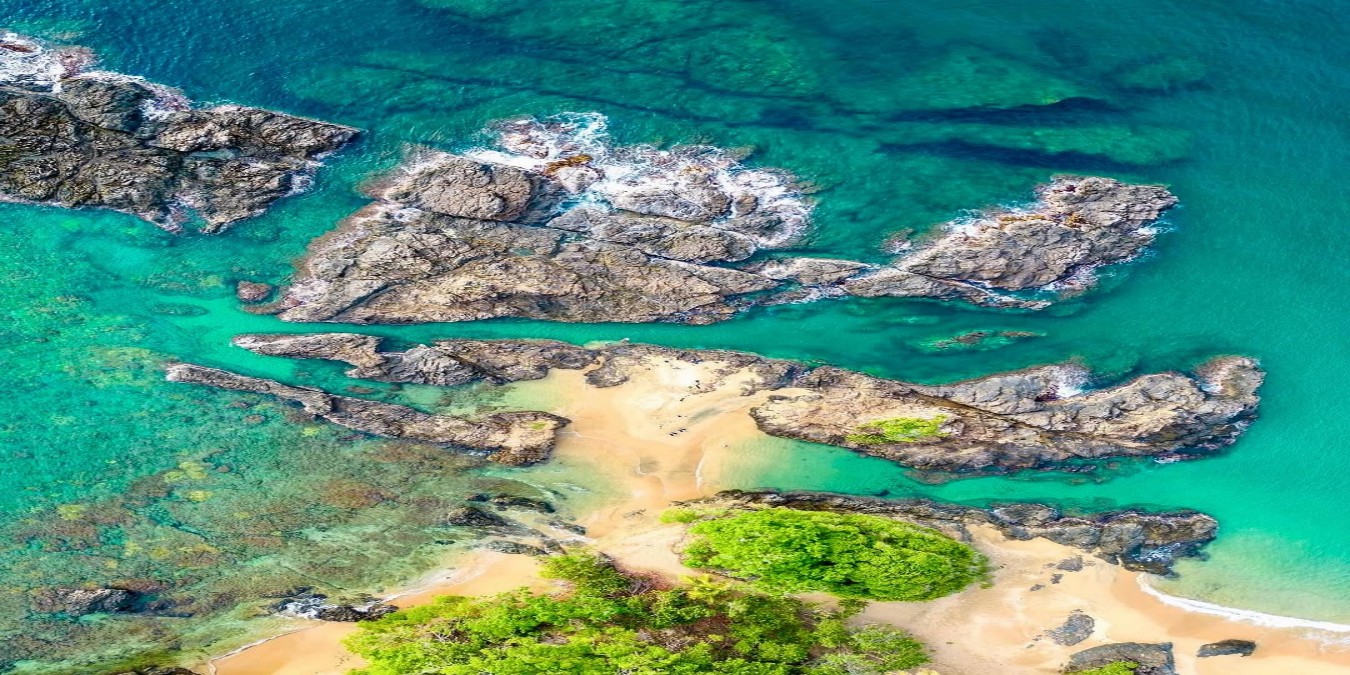Back Bay, tucked away along Tobago’s western coastline near Mount Irvine, is one of the island’s most secluded and breathtaking beaches. Known for its golden sands, dramatic rock formations, and powerful Atlantic surf, it has long been a favourite escape for locals seeking peace and privacy.
Tobago's Back Bay also holds a rich colonial past. The area was used by both the Courlanders and the British, with remnants of Fort Monk, originally built in the 1680s and later reoccupied by the British in the 1780s, still present nearby. During the plantation era of the 18th and 19th centuries, the surrounding lands supported sugar and cocoa estates that shaped Tobago’s economy and heritage.
Beyond its history, Back Bay has long been valued as an ecological sanctuary. Its deep sands and lack of development made it a vital nesting site for Leatherback and Hawksbill turtles, adding to its significance as one of Tobago’s key natural havens. Today, the bay remains largely untouched, though ongoing debates about development highlight the delicate balance between preserving its heritage and protecting its environment.
For visitors, Back Bay offers more than just beauty; it provides a journey into Tobago’s layered history and its enduring fight to safeguard both culture and nature.
- Photo by @trini_surfer


Comments